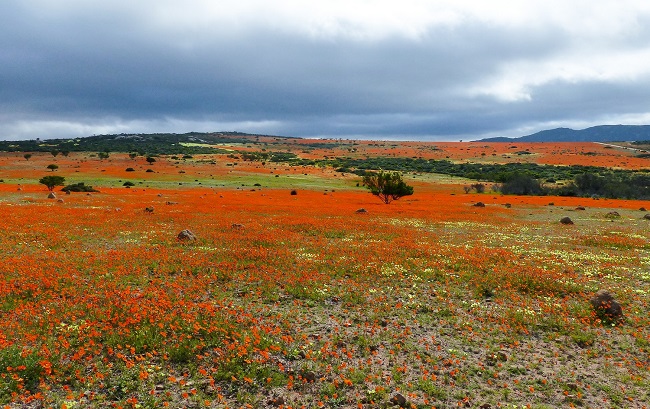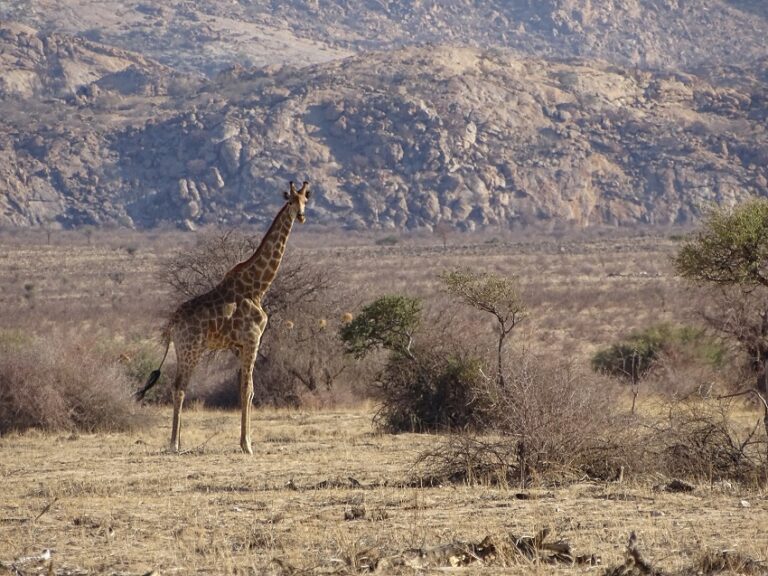Toward a theory of landscape demography
El lunes 30 de mayo, el Dr. Gordon Fox (Professor of Integrative Biology, University of south Florida), brindará una charla titulada: "Toward a theory of landscape demography". La misma será a partir de las 11.00 hs. en la Sala Latinoamericana del CCT Mendoza.

Resumen
The new field of landscape demography is the study of the demographic properties of populations and their drivers across landscapes, and how the relationships among them at any one scale influence demographic outcomes at other scales. This new concept builds on a rich tradition of work documenting heterogeneity and scale in ecological processes. While most demographic studies in ecology have focused on a single population or a small number of populations, demographic processes and their drivers are heterogeneous and vary across spatial scales.
The dynamics of an ensemble of populations over a landscape or region are likely to depend on the collective dynamics of many local populations, and demographic properties and outcomes may vary across scales in ways that are not currently well understood. Some of the most critical dynamics may occur at the larger spatial scales of landscapes and regions, as well as across multiple spatial scales. The study of demographic processes across populations and at different scales can address questions that studies of discrete, local populations cannot, potentially yielding important new insights into a number of critical ecological questions.
What do we need to construct a theory of landscape demography? As a first step, we have developed an analytical framework that allows us to examine how the behavior of an ensemble of populations emerges from information about individual populations and their covariances. We adapt ideas from modern portfolio theory, a framework heavily used in finance. This allows us to describe how the means, standard deviations, and covariances of growth rates for a number of individual populations can combine (based on the relative sizes of the populations) to give a set of means and standard deviations of growth of the entire ensemble. We can calculate the limiting values of this set from the theory, and from this one can find such things as the combination that gives the globally minimum variance, or the maximum (and minimum) ensemble growth rates for any standard deviation. Using this approach, we can ask biological questions with considerable importance for conservation and invasion biology. These include: How does the addition of new populations, or loss of existing populations, change the shape or location of the ensemble set of growth rates and sd’s? How do changes in the relative sizes of the individual populations change the ensemble mean and sd? How do these affect estimates of quasi-extinction risk?



